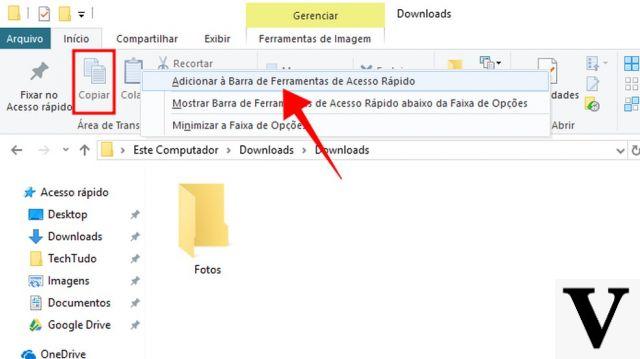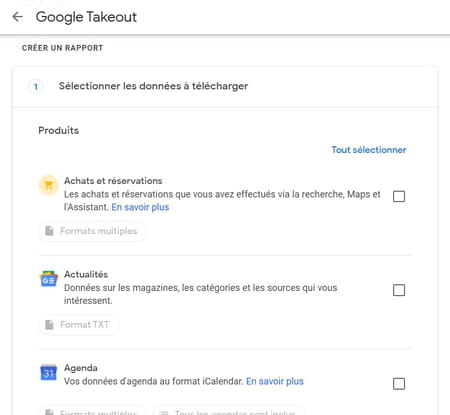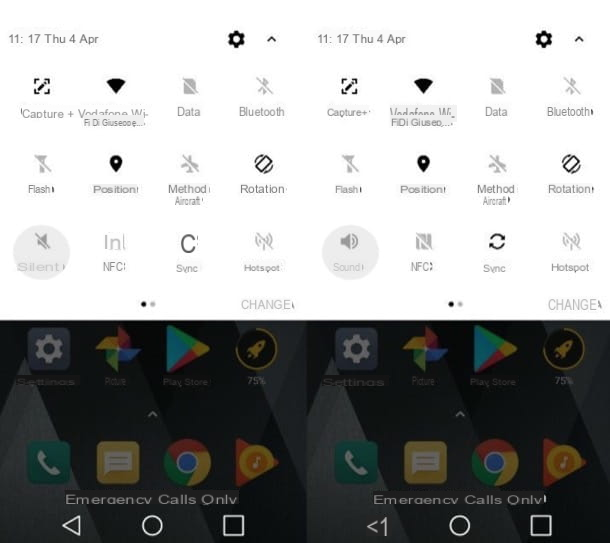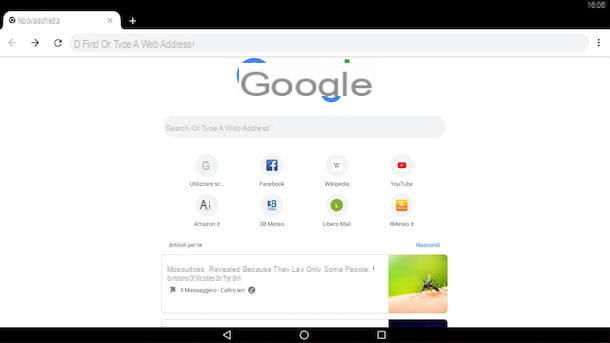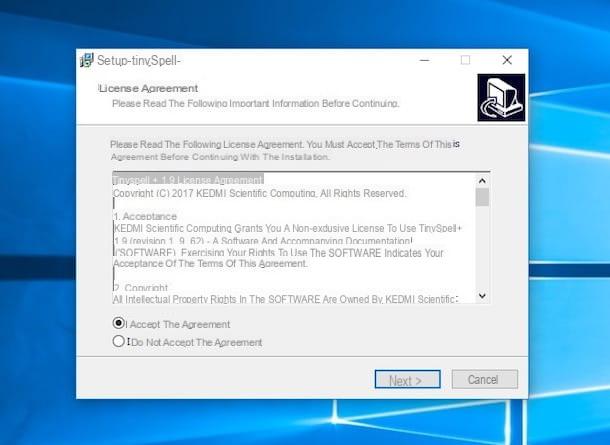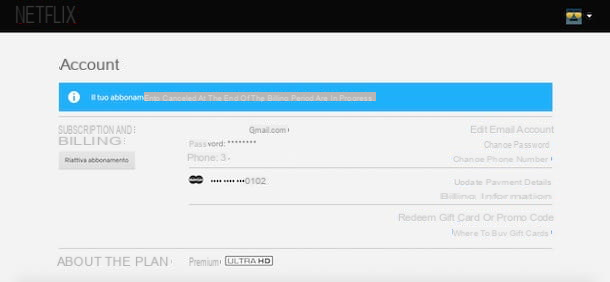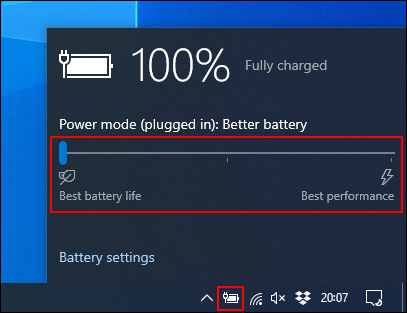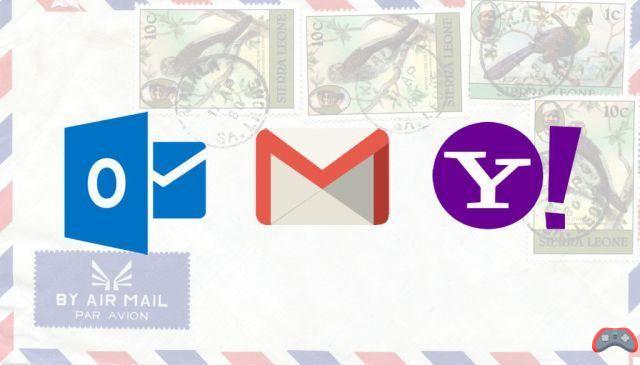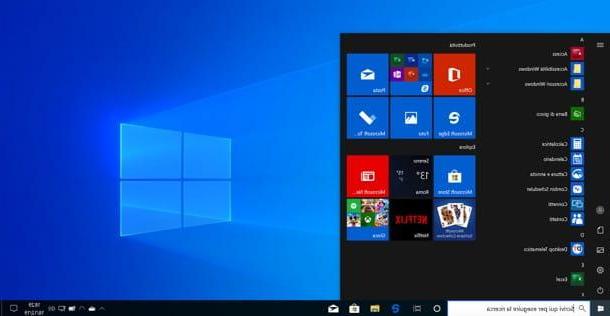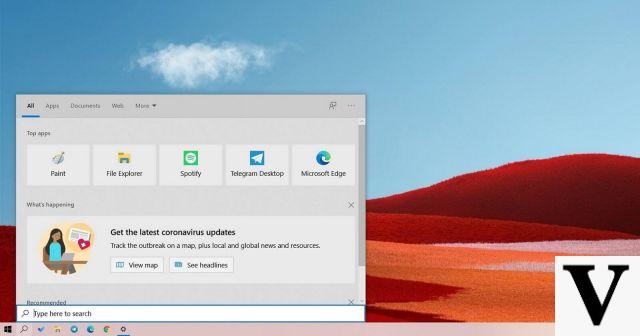 An important function of Google Chrome is that which prevents websites from tracking cookies, in order to maintain a minimum of privacy and not make the browsing history visible.
An important function of Google Chrome is that which prevents websites from tracking cookies, in order to maintain a minimum of privacy and not make the browsing history visible.ALSO READ: Chrome privacy settings for data security
"Don't keep track"is a feature present on all major web browsers such as Firefox, Edge and Opera, which allows the user to do not give websites permission to know browsing data: where you connect from, which computer you use, which sites have been visited previously and other information. The Do Not Track would allow, in fact, to prevent online advertising agencies from knowing the browsing habits of a user.
For example, in Firefox "Do Not Track" is automatically enabled by default.
Starting with version Google Chrome 23, that function can be manually enabled by going to the general settings of the browser (from the address chrome: // settings /), under the section Privacy Security, press on Cookie and altri dati dei siti where the option will be found Submit a "Do Not Track" request with your browsing traffic.
By activating the "Do not track ..", a message appears that briefly explains what it means and points out that "Many websites will nevertheless continue to collect and use navigation data (for example to improve security, provide content, services, announcements and suggestions on their websites as well as to generate statistics necessary for the creation of reports) ".
This means that sites can ignore these settings and still track users' browsing. In fact, at the moment, almost all online services, including those from Google and Yahoo, ignore Do Not Track requests.
If you really want to activate a mechanism that prevents data tracking, you need to install a browser plugins to avoid being tracked online by sites, blocking the collection of personal data.
Chrome also adds a new security feature that allows the user to manage permissions for each website open on the browser.
You can then define, through a convenient selection menu, what a site can do on your computer: if it can run javascript code, if it can load images, if it can detect the position, show notifications, see itself in full screen, if it can do appear notifications or pop-ups and other things.
To change the permissions for a site, click on the address bar, on the white sheet symbol (next to the www) or on the padlock for https sites. Chrome also displays the number of cookies and site data. This permissions function is quite handy because you can, for example, enable the display of pop-ups only for a specific site or disable the execution of javascript code on less secure sites. Any changes become permanent and can be changed at any time.
ALSO READ: download or update Google Chrome with offline installation






